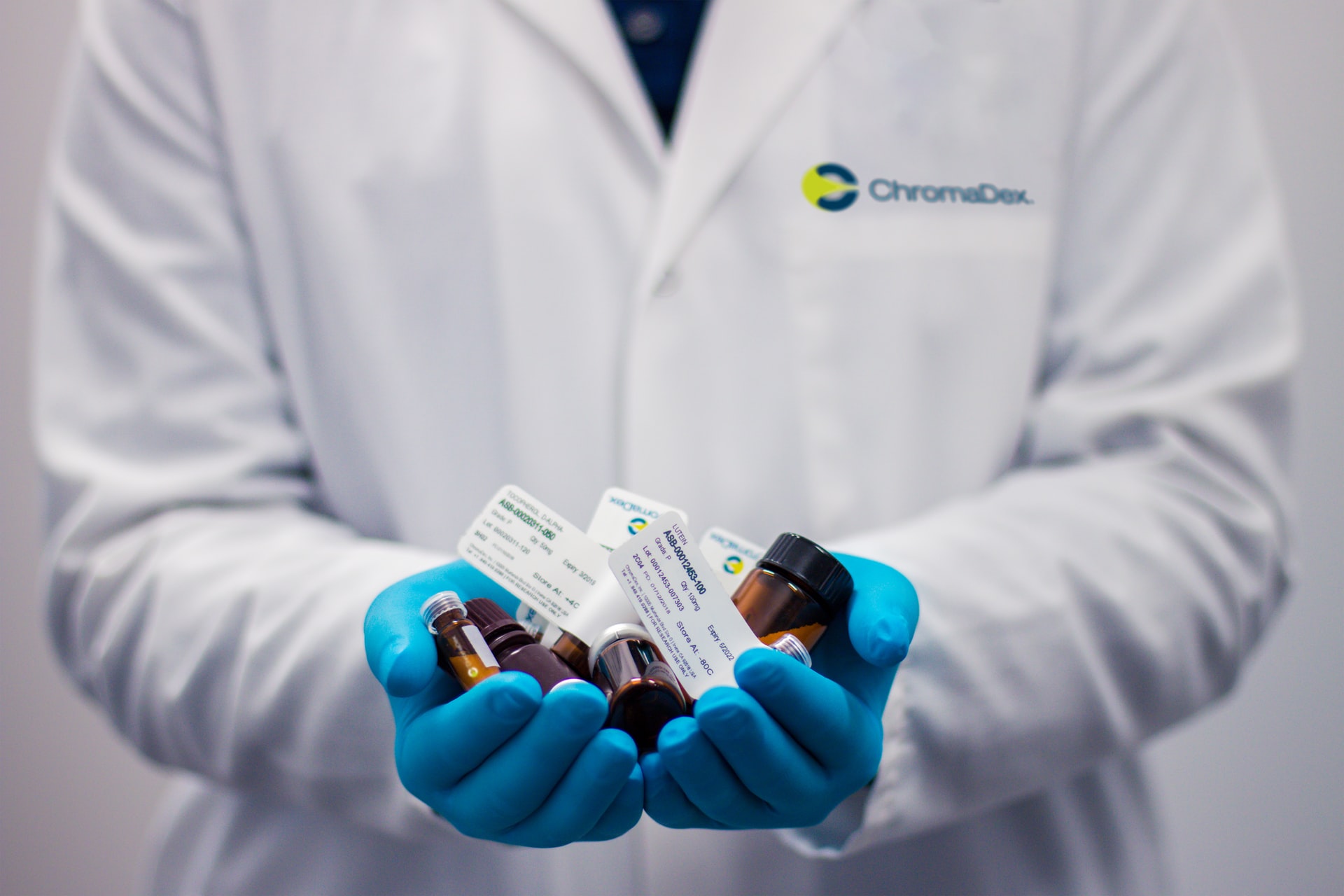Overview
Medicare Part D is prescription drug coverage available to anyone with Medicare. It helps cover the cost of prescription drugs, including many recommended shots or vaccines. Private insurance companies offer Medicare Part D plans and have different costs and lists of covered drugs. You can join a Medicare drug plan during your Initial Enrollment Period, the Annual Enrollment Period, or during a Special Enrollment Period.
As a Medicare beneficiary, you can enroll in Medicare Part D prescription drug insurance to cover medication costs. In 2024, 44% of enrollees chose a stand-alone plan. Part D covers most generic and brand-name drugs, including insulin for a $35 maximum copayment and vaccines like shingles shots.
What Does Medicare Drug Insurance Cover?
Medicare Part D prescription drug policies vary by which medications they cover and how much you must pay. But even the least expensive prescription drug plans must cover most generic and brand-name drugs and the insulin preparations that people on a Medicare plan generally need. It must cover all or most of the drugs in the following categories:
- Anticancer drugs (unless covered by Medicare Part B)
- Antidepressants
- Antipsychotic medications
- Anti-convulsive treatments for seizure disorders
- HIV/AIDS treatments
- Immunosuppressant medication
Part D prescription drug plans must also cover vaccines, including shingles shots, which are not covered by Medicare Part B. (The annual flu shot, pneumococcal, and COVID-19 vaccines are covered by Medicare Part B.) In 2024, the Medicare Part D insulin savings program provides insulin medication for a $35 maximum copayment.
What Does Medicare Drug Insurance Not Cover?
In general, Part D plans are not allowed to cover medications for:
- Anorexia, weight loss or weight gain
- Cough and colds symptomatic relief
- Cosmetic purposes
- Fertility drugs
- Hair growth
- Over-the-counter drugs
- Sexual or erectile dysfunction
- Vitamins and minerals, except for prenatal vitamins, niacin (when used to treat a condition), and fluoride
Medicare Part D Plan Costs
Premiums vary based on income, with higher earners paying more. According to KFF, the maximum deductible in 2024 is $545. The coverage gap starts at $5,030, with out-of-pocket spending capped at $8,000. The Extra Help program helps people with limited income and resources lower or cut Part D costs. Extra Help is available for those with incomes up to $21,870 (individual) or $29,580 (couple).
You can enroll during the Initial Enrollment Period, Annual Enrollment Period (October 15-December 7), or during a Special Enrollment Period due to specific life events.
Find a Medicare Drug Plan in Your Area
Use the online Medicare Plan Finder tool for a list of the stand-alone Medicare Part D prescription plans and Medicare Advantage plans with prescription drug coverage available in your ZIP code.
Here are some tips for finding a plan that meets your budget, needs, and preferences:
- Check the prices: The monthly premium is an important consideration but look at cost-sharing, such as deductibles, coinsurance, and copays. A low premium may cost you more in the long run.
- Medicare Advantage plans: If you prefer “one-stop shopping” and are willing to choose a plan that limits you to a network of providers, you may have lower premium costs with a Medicare Advantage plan (Part C) with prescription drug coverage.
- Low-premium plans: If you take no or very few medications, you may want to opt for a low-premium Medicare Part D prescription drug plan. It will still cover most of the drugs that people on Medicare need.
- Long-term medications: If you are taking specific long-term medications, check their availability and costs in various plans. If the drugs you take are generics, look for plans that charge you little or nothing for these.
- High spending levels: If you expect large medication expenses, it may pay to look for a plan that extends additional coverage if you reach high spending levels.
- Preferred pharmacy: When selecting a plan, check to see if they have a convenient preferred pharmacy, where you can often get added savings on prescription drugs.




